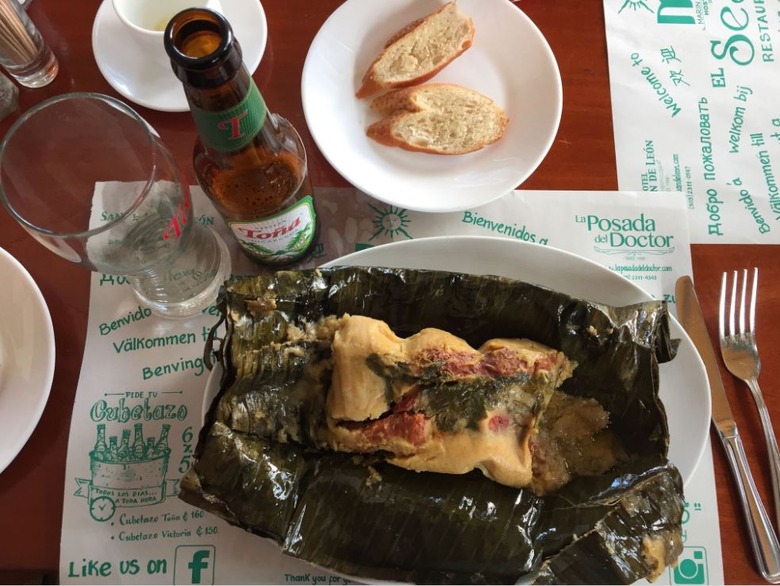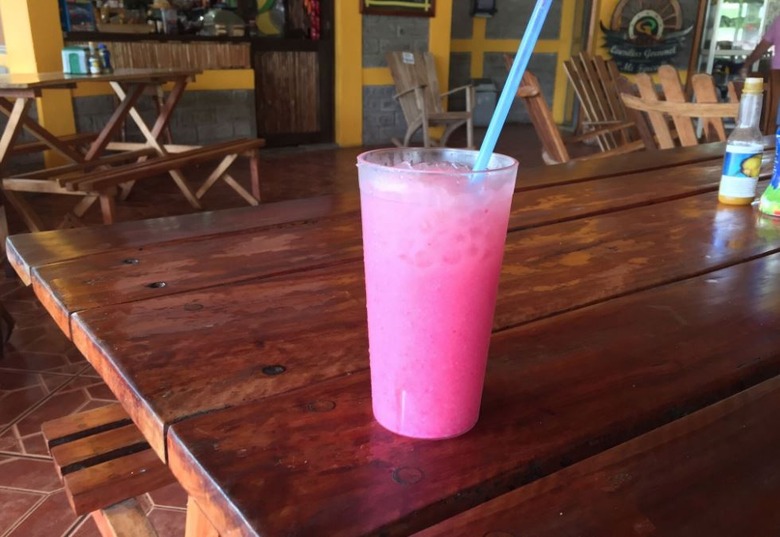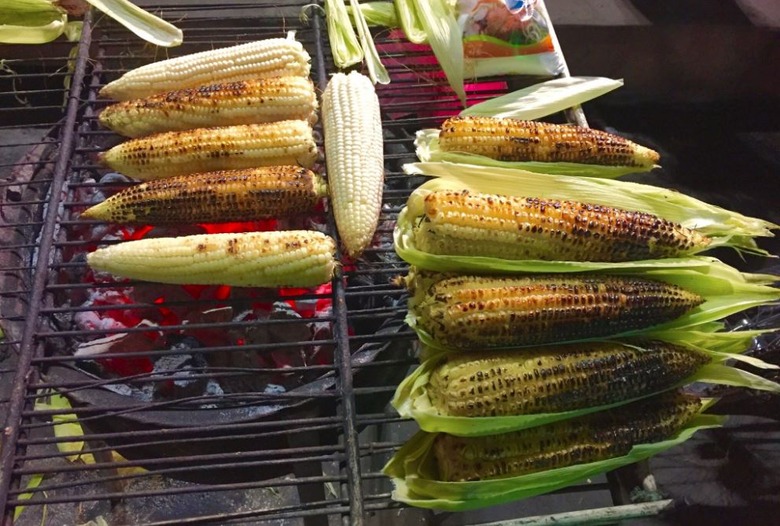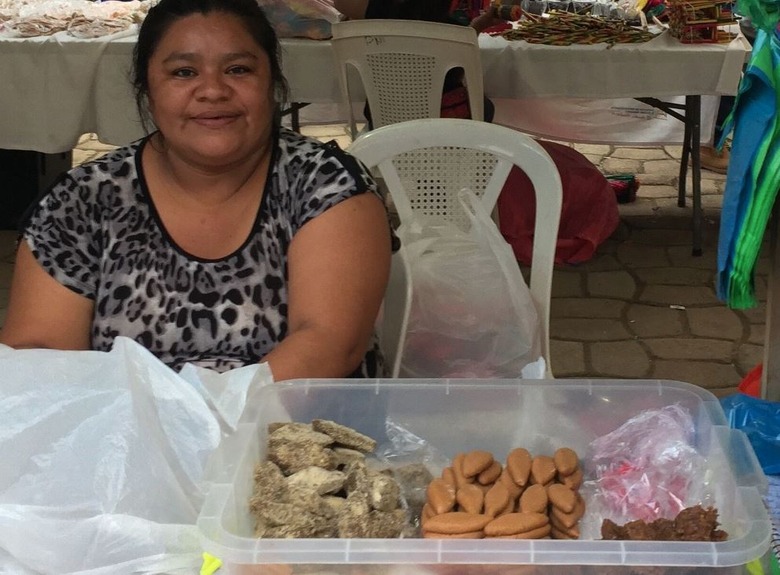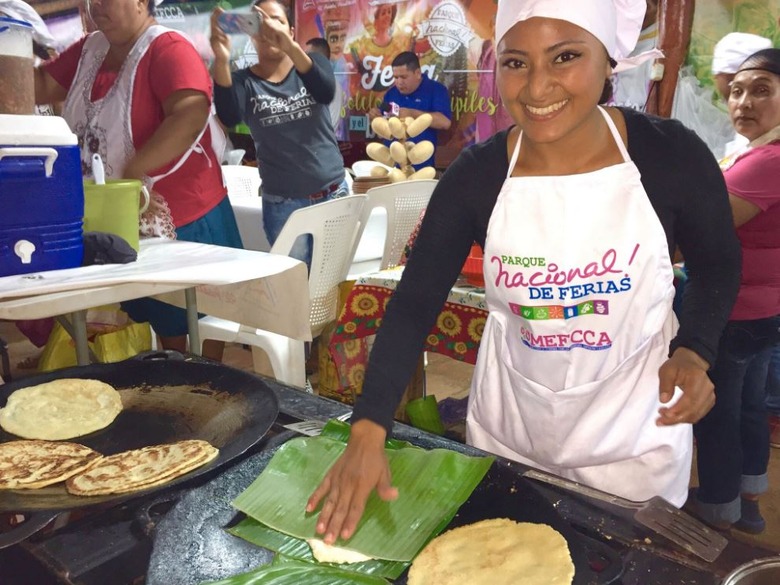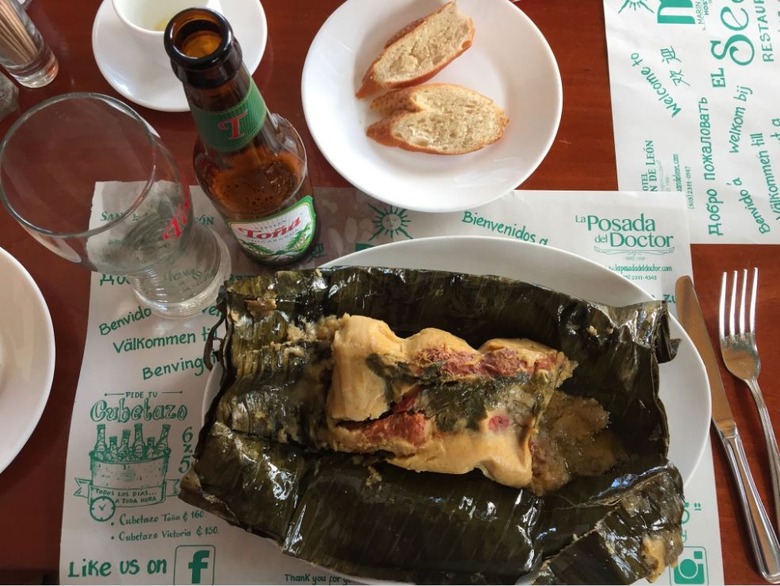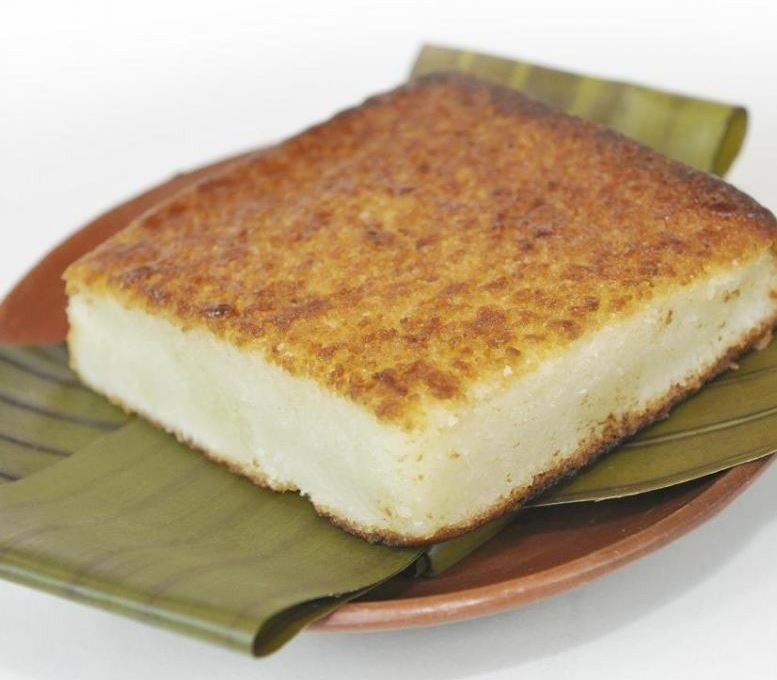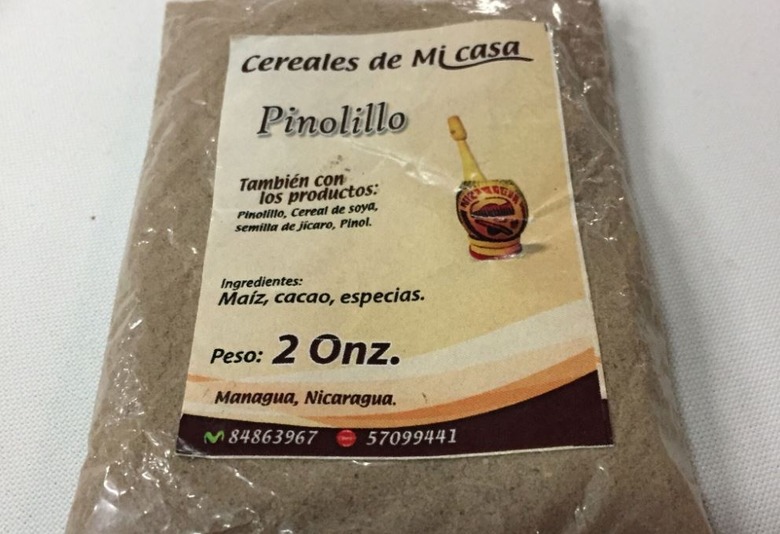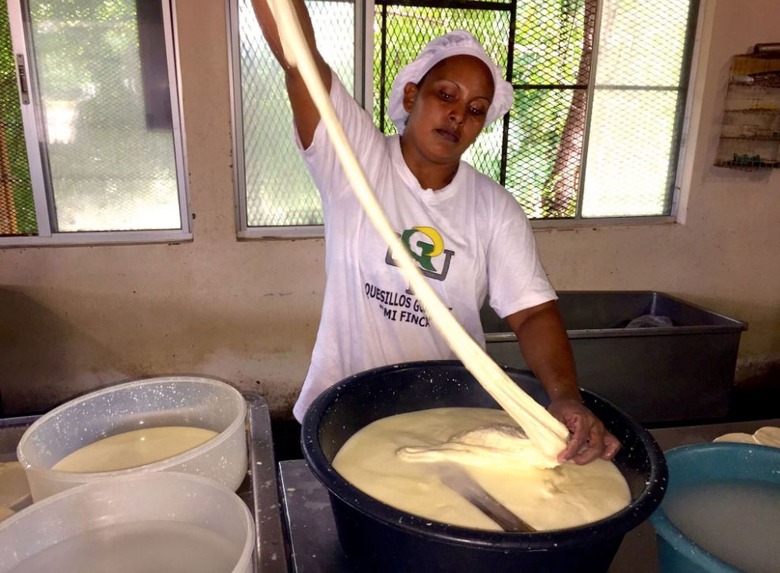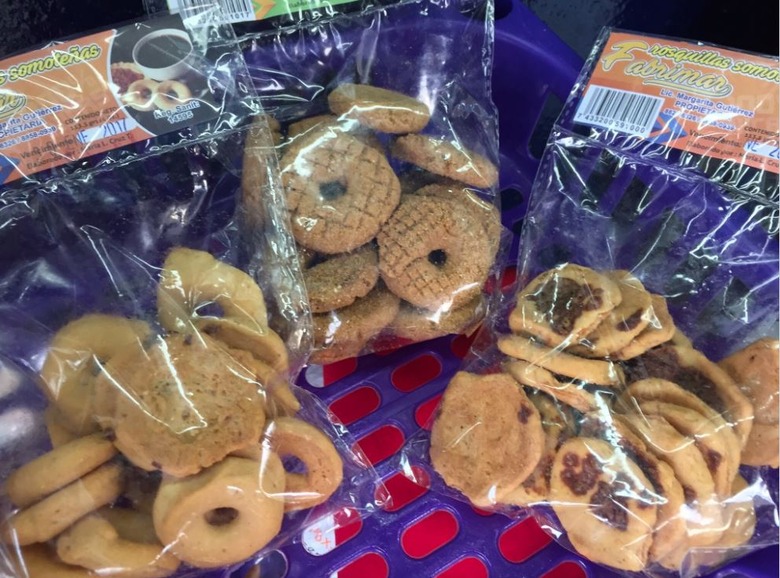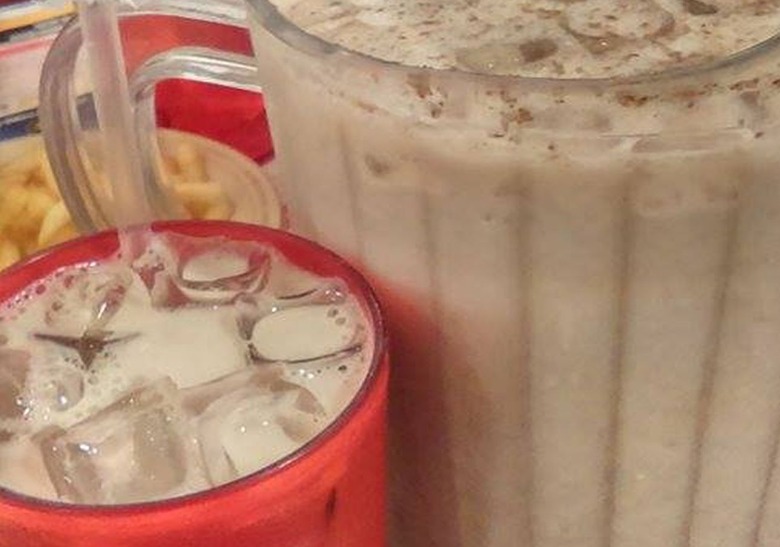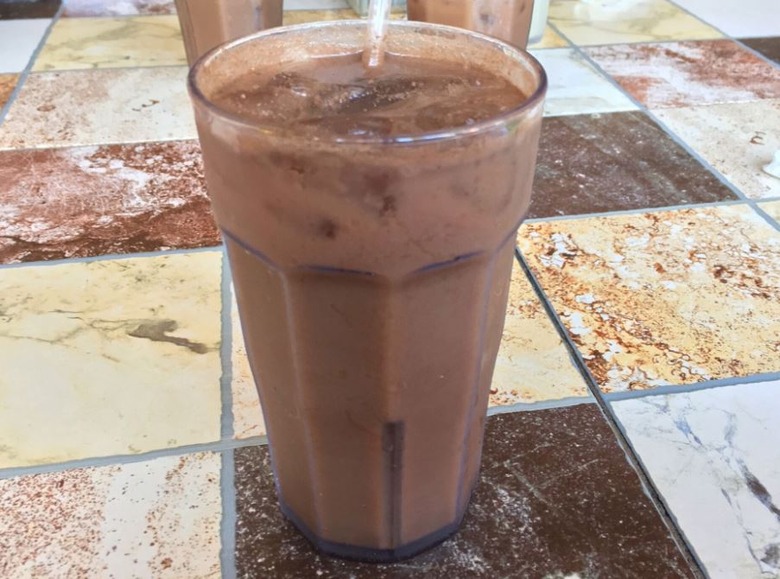11 Fascinating Ways That Nicaraguans Eat (And Drink) Corn
Throughout Nicaragua's history, corn has been so basic and omnipresent that you even find it in the country's beverages. It's in the food carts on the street and in the fine dining restaurants at the resorts. You can't hide from Nicaragua's corn.
Chicha
I found chicha to be a little powdery, semi-sweet (yet with a hint of sourness), strangely pink in color, and poured over ice. Although it's made from corn, plus sugar and water, it has a mild fruity taste, but usually there is no fruit involved. The pink color is added. A fermented variation, a corn beer, is available but less prevalent.
Elote Asado
Elote is my favorite corn dish of all in Nicaragua, and also the simplest. Elote asado, one of the most popular street foods in the country, is, basically, roasted corn on the cob with half of the husk left on. It's especially favored in the cities, where sidewalk vendors with steaming carts sell it to passersby out for an evening stroll. Elote comes lightly oiled and salted, it tastes like heaven, and it confirms why, in Nicaragua, corn is king.
Gofio
This corn candy is most popular in December during the weeklong Feast of the Immaculate Conception. It's made from a rolled dough of finely ground corn, ginger, honey and sugar; some recipes call for anise, cacao, or cinnamon. With the consistency of a crumbly cookie, it's chewy and, like most Nicaraguan treats, only semi-sweet.
Güirila
These thick corn tortillas, almost like pancakes, are made from sweet baby corn, grilled with slightly salty cheese curd on top, and traditionally eaten with a cup of coffee on the side. So delicious! You tear off a piece of the tortilla, then use it to pinch a piece of the cheese curd and gobble it down. It's served on the banana leaf in which it is cooked, which prevents it from sticking to the pan.
Nacatamal
Nicaraguans speak of this dish, one of the most important in the country's cuisine, with something approaching reverence, the way Americans might speak of turkey in November. I tried it for the first time at El Sesteo Restaurant on the main square of Leon, Nicaragua's second city. It's a form of tamale, served on a banana leaf, and made of a thick, polenta-like corn paste holding shredded chicken, potato, pepper, and onion. "We love to eat nacatamal on the weekend, whether for lunch or dinner," said my guide. "It's our tradition." The best part? A huge dollop of bacon fat called tocino.
Perrereque
How cornbread can be at once sweet and savory is a conundrum I don't want to solve, but simply enjoy. Rich with the ever-present white Nicaraguan cheese (there's not a wide variety of cheese in the country), sweetened with sugar, and bulked up with finely-ground cornmeal and milk, perrereque could just as easily be a dessert as an appetizer.
Pinolillo
You toast the corn, add cinnamon, rice, and cacao bean, grind it all up, and then add water and sugar. When chilled, it's a refreshing beverage on a (commonplace) hot day. Nicaraguans are sometimes called pinoleros because they drink so much of it.
Quesillos
Made of Nicaraguan cheese (quesillo means "little cheese"), sour cream, and finely chopped onions fermented in vinegar, the ingredients are poured onto a warmed corn tortilla, placed in a plastic bag, and shaken vigorously. Many people forego the tortilla and instead tear a small hole in the plastic bag and suck down the mixture straight. In Nagarote, where the dish was created, locals pair quesillos with tiste—not unlike the popularity of pizza and a Coke in the U.S.
Rosquillas
Even in a country as small as Nicaragua, there are many versions of this cookie-like treat. Made from a corn masa, they are full of butter, eggs, and cheese, as well as beef and pork lard, shaped into donut-like circles, and baked until crisp. My take? They have a vaguely Frito-like flavor, crunchy and mildly sweet.
Semilla de Jicaro
Jicaro is a tree that bears round, almost unbreakable fruit whose seeds are sweet, with a taste similar to licorice. The beverage made from the seeds (semilla is Spanish for seed), along with cacao and corn, is my favorite of the various corn drinks I tried. It's rich, but not as bitter as some of the region's other corn-based beverages. Some people compare it to horchata, common throughout Latin America. My guide told me that Nicaraguan bodybuilders swear by it.
Tiste
At Mi Viejo Ranchito restaurant near Catarina, I tried tiste for the first time–dark brown and frothy. To make tiste, you begin with a paste of corn, rice, cacao, cinnamon, and clove, mix it with water, stir, and then pour over ice. It looks similar to a fresh glass of Yoo-hoo, but unlike that American drink it was only a little sweet. The earthy consistency, thanks to the cacao, morphed into a vague aftertaste of clove and coffee, with a hint of burnt corn, as if the kernels had been blackened.
